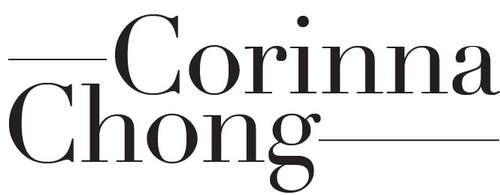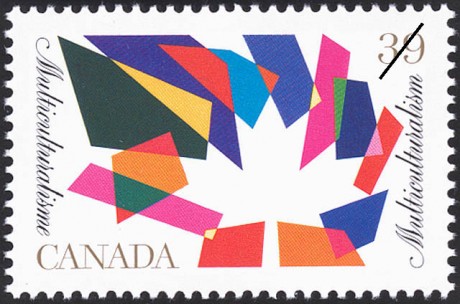As it does every year, Canada Day came and went on July 1st with relatively little fanfare, America’s Independence Day following close on its heels. Where I live in Kelowna, British Columbia, the westernmost province of Canada, the fireworks were a modest ten-minute show of red and white – a stark contrast to the spirited 4th of July celebration I had seen when visiting California a few summers ago. However, the highlight of Kelowna’s Canada Day celebrations is, for me, the international food fair. Various community associations come to the downtown stadium to represent their mother countries by selling plates of traditional home-cooked food. I filled my stomach with Filipino noodles and spring rolls, German bratwurst, and Hungarian langos, wishing I had more room for Indian butter chicken and Greek souvlaki.
It occurred to me, however, as I licked powdered sugar and cinnamon from my fingers, to wonder what this feast had to do with celebrating Canada’s birthday. Why had the international food fair, an event with a 40-year history in the city, become something one could only experience once a year, on Canada Day of all days? As a Canadian writer, I often ponder questions of Canadian identity. My first novel, Belinda’s Rings, belongs to the genre of Canadian literature (or CanLit), but if you ask the average born-and-bred Canadian what CanLit is, you’ll likely get a shrug of the shoulders. As proud as we are to be Canadian, we often have a difficult time understanding what it actually means. What does a Canadian book look like? Is it different from an American book? Further, what does it really mean for a person to be Canadian? While my novel is not directly about Canadianness, it is one of the underlying themes I was exploring through my writing process. Like my protagonist, Grace, I am an ethnic mixture of Asian and European who grew up in Canada at a time when interracial couples and mixed-race kids were few and far between. As a result, I often had a hard time seeing myself fitting in with the Canadians around me. Throughout my childhood and even into my adulthood, I was continually asked where I was from, and when I answered ‘Canada’, my questioner was almost always unsatisfied. “No, no,” the questioner would say, “I mean where are you from.” It took me a long time to understand that the colour of my skin and the shape of my eyes did not, in fact, exclude me from being Canadian as the dubious attitudes of others led me to believe. This is one of the conflicts that the protagonist of my novel comes up against; in many ways, Grace is a hybrid, torn between identities – half-Asian, half-white, half-sister, pseudo-mother, child on the brink of adulthood. She, like many Canadians, struggles to understand where she belongs. In truth, this is not an experience that is unique to Canadians. I’m certain that all of us, no matter what our ethnic or social background, grapple at some point in our lives with the feeling of being torn between identities. Grace does not, of course, manage to come to full terms with her struggles in the week-long span of the novel. Indeed, I have yet to come to terms with these questions myself. However, exploring this theme in writing my book has strengthened my belief that Canadianness – even any nationality, and any form of identity – is what you make it to be. And for me, being Canadian is about mixture and confluence. It is about the flexibility of Canadian identity – how one can celebrate being Canadian by eating food from the Philippines or Hungary. I hope, too, that my novel will not only be read as a Canadian novel, but will also manage to persuade readers of all backgrounds to recognize the uncertainty of their own identities, and embrace it.
2 Comments
Rick Takashi Ikesaka
11/9/2023 11:38:00 am
My daughter SOPHIE is a mixed race baby, half japanese (yellow) and half caucasian (white).
Reply
Leave a Reply. |
squid inkA collection of fun facts, anecdotes, Q & A, and other info related to Belinda's Rings, the debut novel by Corinna Chong. Archives
January 2015
Categories |


 RSS Feed
RSS Feed